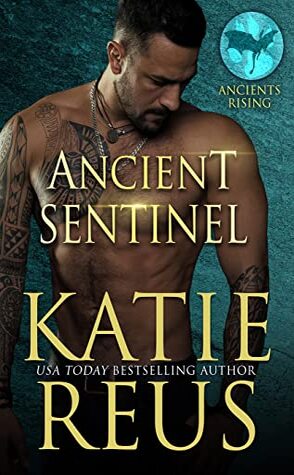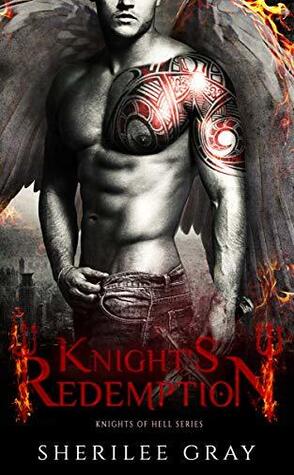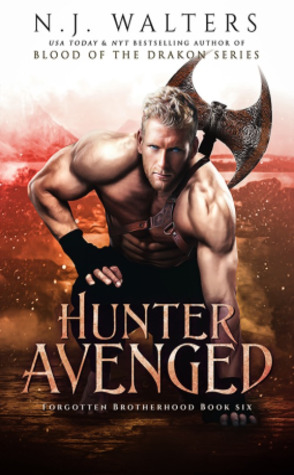 Whitley’s review of The Turnip Princess by Franz Xaver Von Schonwerth.
Whitley’s review of The Turnip Princess by Franz Xaver Von Schonwerth.
With this volume, the holy trinity of fairy tales – the Brothers Grimm, Charles Perrault, and Hans Christian Andersen – becomes a quartet. In the 1850s, Franz Xaver von Schönwerth traversed the forests, lowlands, and mountains of northern Bavaria to record fairy tales, gaining the admiration of even the Brothers Grimm. Most of Schönwerth’s work was lost – until a few years ago, when thirty boxes of manuscripts were uncovered in a German municipal archive.
Now, for the first time, Schönwerth’s lost fairy tales are available in English. Violent, dark, and full of action, and upending the relationship between damsels in distress and their dragon-slaying heroes, these more than seventy stories bring us closer than ever to the unadorned oral tradition in which fairy tales are rooted, revolutionizing our understanding of a hallowed genre.
For more than sixty-five years, Penguin has been the leading publisher of classic literature in the English-speaking world. With more than 1,500 titles, Penguin Classics represents a global bookshelf of the best works throughout history and across genres and disciplines. Readers trust the series to provide authoritative texts enhanced by introductions and notes by distinguished scholars and contemporary authors, as well as up-to-date translations by award-winning translators.
I admit, I’m more of a casual fairy-tale consumer; I prefer to get my tales in re-telling format. But the thought of getting a batch of all-new stories piqued my interest anyway. I couldn’t wait to see what kind of inventive, off-the-wall things had been hiding in an attic for ages.
I probably should have been more of a pure fairy-tale enthusiast before tackling this work, though. I’d managed to forget how arbitrary these tales can get, and the extremely dry voice for everything didn’t help matters. I couldn’t get excited about any of the tales because most of them felt, well, boring. Even with princesses disguised as bears and ant kings, I just didn’t feel it. A lot of the stories started to feel repetitive, too. Granted, that’s probably because when everything is so nonsensical it’s hard to remember if it was the random rusty nail or the random acorn that you just read about, since everything’s interchangeable anyway.
Most notably, though, I was promised that this was a ‘revolutionary’ changing of the genre that ‘upending the relationship between damsels in distress and their dragon-slaying heroes’ and…I have to say, I don’t really see that? Except for lacking much in the way of flare, they seemed pretty standard to me. Maybe there’s some deep hidden subtext in there that I’m missing (there’s always subtext in fairy-tales, so imminently possible) but I’m still feeling distinctly un-revolutionized.
This could be a good book for those that are enthusiasts for the genre. I don’t know; I’m not in a position to judge that. But for the casual fairy-tale lover, perhaps not the best fit.
Rating: 3 out of 5
This title is available from Penguin Classics. You can purchase it here or here in e-format. This book was provided by the publisher in exchange for an honest review.





Leave a Reply